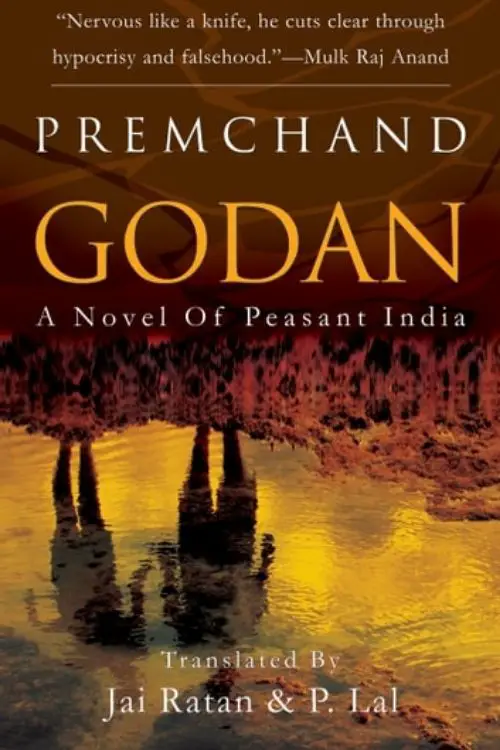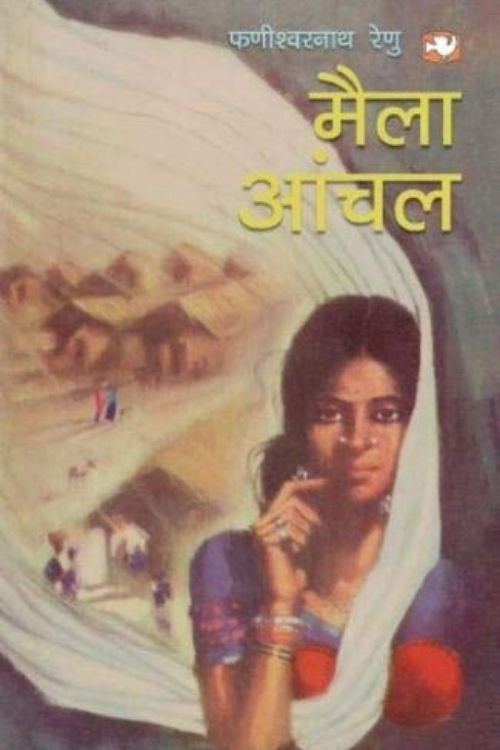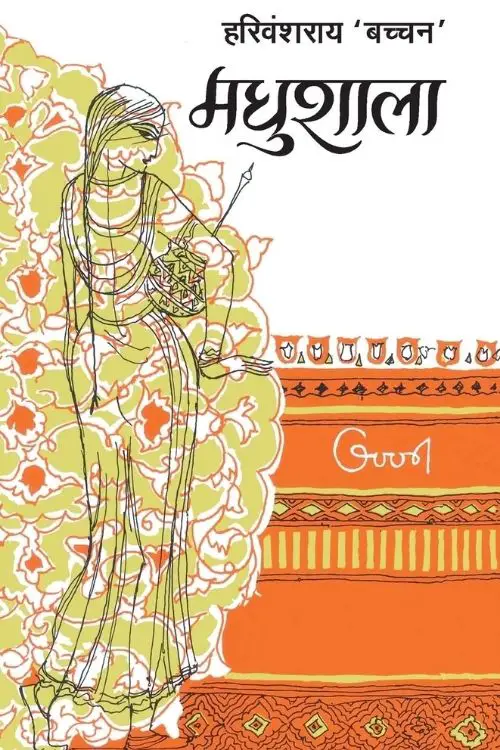The Hindi language is one of the most spoken languages in India. There are several novels in this language that focused on the transition of India, movements, society, religion, and caste system. In this article, we are going to read about 10 classics of Hindi Literature everyone should read – from Munshi Premchand, Harivansh Rai Bachchan to Bhisham Sahni.
10 Classics of Hindi Literature Everyone Should Read:
Godan – Munshi Premchand

Premchand’s masterpiece is a tale of peasant India. It concentrates on the struggles and challenges of money lenders and peasants. It explores the agricultural community, their tiny happiness, hard work, frustrations, misery, simple pleasures, and hopes. The struggle in the story is quite justified by the title of the story ‘Godan’ which means donating a cow.
Nirmala – Munshi Premchand

This melodramatic novel is focused on the main character Nirmala. Nirmala is a young girl who was compelled to wed a widower who is of her father’s age. The plot opens up with the suspicion of her husband of an illegitimate relationship between his son and Nirmala, which leads to the death of his son.
Kashi Ka Assi – Kashi Nath Singh

This novel brings out the life and times of a neighborhood of Varanasi, named Assi. It was the central part of Kashi where people used to spend their leisure time. The foreigners who came to visit and explore Varanasi, and learn about the Indian culture ended up changing the very reason they came to Kashi, which includes the fabric of human nexus.
Maila Aanchal – Phanishwar Nath Renu

After Premchand’s most prominent novel Godan, Maila Anchal is considered the most important Hindi novel in Hindi literature. It is a social novel that concerns the tribulations and trials of a small group of people in a village in northeast Biharring the Quit India Movement.
Madhushala – Harivansh Rai Bachchan

Dr. Harivansh Rai Bachchan was one of the best Hindi poets of India and a confidante of the Nehrus. Madhushala contains a message in each stanza. It has themes such as existential crises, death, seasons, life, aging, caste, class, hedonism, politics, hopefulness, and more. The English translation is certainly not as beautiful as the original writing. Some of the translated words are ‘madhushala’ – wine shop, ‘Ayala’ – cup, ‘halalhal’ – a kind of poison.
Tamas – Bhisham Sahni

Sahni’s Tamas is concerned with the battle between two opposing impulses that resides within every human being. First is the impulse to live by rules, act nonviolently and follow ethical commands. The second impulse is to act viciously to gain supremacy over others and implement one’s force on others.
Chandrakanta Santati – Babu Devaki Nandan Khatri

This novel by Khatri was published in the year 1888 and it was the first modern Hindi novel. The story focuses on two lovers who belong to opponent kingdoms – Chandrakanta of Vijaygarh and Virendra Singh of Naugarh. Kaur Singh, a member of Vijaygarh’s court dreams of wedding beautiful Chandrakanta and taking over the Vijaygarh throne. When he fails to achieve his dream, he befriends the powerful neighboring king of Chunargarh named Shivdutt. Shivdutt captures Chandrakanta and while running away she finds herself imprisoned in a list since it is a romantic fantasy Prince Virendra Singh comes to rescue.
Rashmirathi – Ramdhari Singh Dinkar

The title of this Hindi epic means, ‘Rashmi’ means light rays and ‘this’ is the one who is riding a chariot. It is about the Indian epic, Mahabharata. It focuses on ‘Karna’ who is the son of unmarried Kunti, who later becomes the mother of the Pandavas. Rashmirathi and Kurukshetra by Dinkar are considered classics of Hindi literature.
Kamayani – Jaishankar Prasad

Prasad’s allegorical poem dramatizes the culture, tradition, and philosophy of India. It deals with diverse topics but the central theme is the growth and development of human civilization. It elucidates the interplay of human emotions, deeds, thoughts by taking reference from mythological metaphors.
Kitne Pakistan – Kamleshwar

This 2000 published novel deals with a vastness of human history, as it follows the rise of nationalism, communalism, sectarianism, and Hindutva, raising questions about the authentic motives of people who make decisions for the common people. One of the consequences of such a decision is the bloodshed and violence after the partition of 1947.
Also Read: What To Do To Get Out Of Reading Slump?



